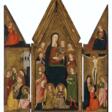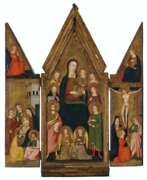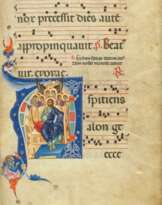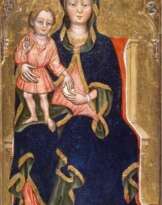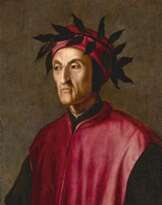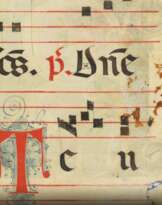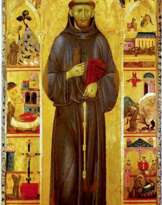Andrea Orcagna (1308 - 1368)
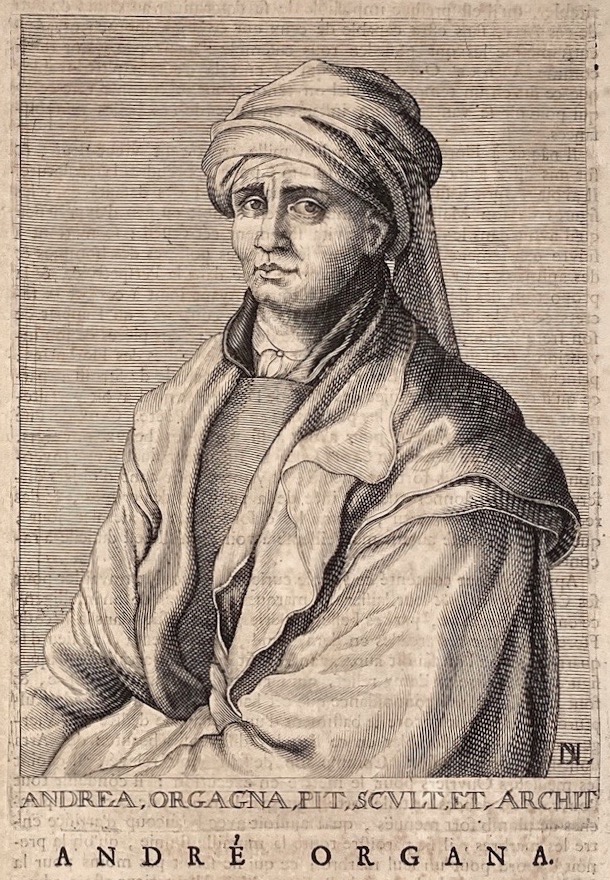
Andrea Orcagna
Andrea Orcagna was a distinguished Florentine artist renowned for his multifaceted skills in painting, sculpture, architecture, and administration. His real name was Andrea di Cione, but he was popularly known as Orcagna, a local slang for "Archangel" (Arcangelo).
Andrea Orcagna's artwork is notable for its amalgamation of various artistic styles. As a painter, his work, particularly the "Altarpiece of the Redeemer" (1354-57) located in the Strozzi Chapel of Santa Maria Novella, is acclaimed as the most powerful Florentine painting of its time. This piece marked a shift from the naturalism introduced by Giotto back to the hieratic ideals of Byzantine art, characterized by resplendent colors and a lavish use of gold. Additionally, the fresco trilogy in Santa Croce, including the "Triumph of Death", "Last Judgement", and "Hell", is often attributed to him, although it remains partially fragmentary.
In sculpture and architecture, Andrea Orcagna is best known for the tabernacle in Or San Michele, finished in 1359. This ornate structure houses a painting by Bernardo Daddi and is considered a significant work of Italian Gothic art. His role as capomaestro of Orvieto Cathedral from 1358 to 1362, where he oversaw the mosaic decoration of the façade, further cements his legacy as an influential architect of the period.
Andrea Orcagna's influence extended to his family as well, with his brothers Jacopo di Cione and Nardo di Cione also being notable painters. Jacopo continued Orcagna's style well into the end of the 14th century, even completing Orcagna's "St Matthew altarpiece" during his illness in 1368.
For art collectors and experts, Andrea Orcagna's works offer an insightful glimpse into 14th-century Florentine art, blending the Byzantine style with emerging Renaissance trends. His legacy in painting, sculpture, and architecture makes his works a valuable addition to any collection appreciative of this pivotal period in art history.
To stay updated on sales, exhibitions, and auction events related to Andrea Orcagna's works, consider signing up for updates. This subscription will provide you with the latest information on opportunities to acquire pieces from this master of Renaissance art.
| Date and place of birt: | 1308, Florence, Italy |
|---|---|
| Date and place of death: | 1368, Florence, Italy |
| Period of activity: | XIV century |
| Specialization: | Architect, Artist, Painter, Sculptor |
| Art school / group: | Florentine School |
| Genre: | Religious genre |
| Art style: | Proto-Renaissance |
